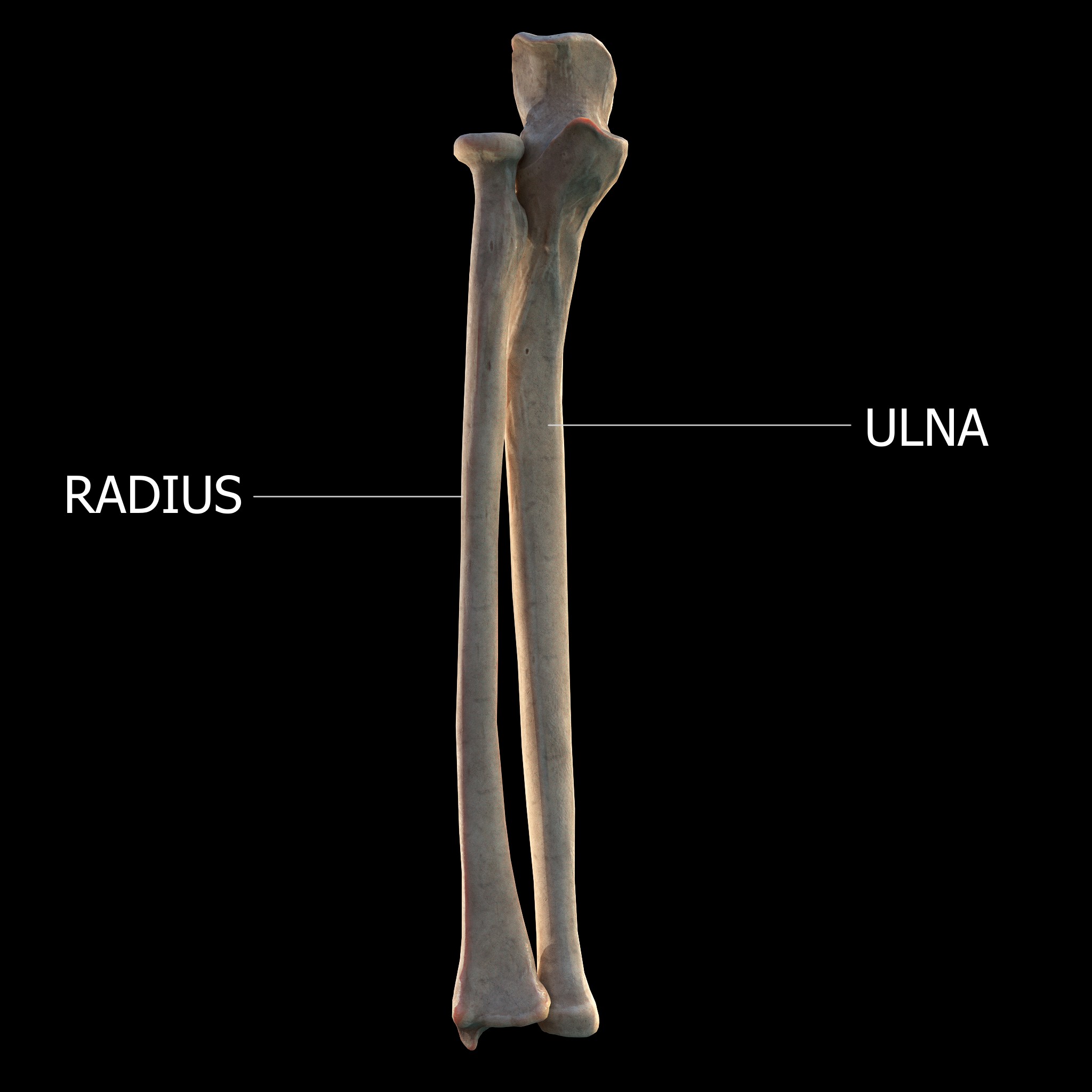|
Arş
An arş (Ottoman Turkish آرشDiran Kélékian, ''Dictionnaire Turc-Français'', Constantinople: Imprimerie Mihran, 1911) is an old Turkish unit of length. The word means 'forearm' and thus the measure corresponds to a cubit. See also * arşın, the Ottoman yard The yard (symbol: yd) is an English units, English unit of length in both the British imperial units, imperial and US United States customary units, customary systems of measurement equalling 3 foot (unit), feet or 36 inches. Sinc ... Notes Obsolete units of measurement Units of length Ottoman units of measurement {{Standards-stub ... [...More Info...] [...Related Items...] OR: [Wikipedia] [Google] [Baidu] |
Obsolete Units Of Measurement
This is a list of obsolete units of measurement, organized by type. These units of measurement are typically no longer used, though some may be in limited use in various regions. For units of measurement that are unusual but not necessarily obsolete, see List of unusual units of measurement. For units of measurement that are humorous in nature, see List of humorous units of measurement. Area * Antsingae – a unit of area, smaller than the bunarium. * Bunarium (plural "bunaria") – a unit of area, equal to about 120 Hectare#Are, ares or 12,000 square metres * Carucate * Cawnie * Decimal (unit), Decimal * Dessiatin * Ground (unit), Ground * Hide (unit), Hide * Juchart * Jugerum * Katha (unit), Katha * Lessa (unit), Lessa or Lecha * Marabba * Morgen * Oxgang * Pari (unit), Pari – a unit of area equal to about 1 hectare * Quinaria * Tathe * Virgate Energy, etc. * Poncelet – unit of power * Sthène – unit of force * * Length * Ald (unit), Ald * Alen (unit of length), Al ... [...More Info...] [...Related Items...] OR: [Wikipedia] [Google] [Baidu] |
Arşın
The arshin or arşın is an old Turkish and Russian unit of length ( or ) The Turkish "market arşın" was about long. The masonry arşın was 75.774 cm on average (mason's arşın = 24 parmak = 240 ḫaṭṭ) The usage of arşın was gradually abolished during 1931–1933 with the introduction of the metric system. The Russian word ' used to be variously transcribed as arshin, archeen, archin, archine, arsheen, and arshine. The Russian arshin had different length at different times. In the 16th century it was 27 inches. In the 18th century, Peter the Great standardized in to 28 inches or 71.12 cm. The arshin-length ruler was also called "arshin". South Slavic peoples used a unit of length named aršin of several types based on the Turkish arşın, under the influence of the Ottoman Empire, described as "the distance from the fingertips to the shoulder".Abdulah Škaljić: "Turcizmi u srpskohrvatskom jeziku" See also * arş, the Ottoman cubit or historical Russian ''lokot' ... [...More Info...] [...Related Items...] OR: [Wikipedia] [Google] [Baidu] |
Ottoman Turkish Language
Ottoman Turkish (, ; ) was the standardized register (sociolinguistics), register of the Turkish language in the Ottoman Empire (14th to 20th centuries CE). It borrowed extensively, in all aspects, from Arabic and Persian language, Persian. It was written in the Ottoman Turkish alphabet. Ottoman Turkish was largely unintelligible to the less-educated lower-class and to rural Turks, who continued to use ("raw/vulgar Turkish"; compare Vulgar Latin and Demotic Greek), which used far fewer foreign loanwords and is the basis of the modern standard. The Tanzimat, Tanzimât era (1839–1876) saw the application of the term "Ottoman" when referring to the language ( or ); Modern Turkish uses the same terms when referring to the language of that era ( and ). More generically, the Turkish language was called or "Turkish". History Historically, Ottoman Turkish was transformed in three eras: * (Old Ottoman Turkish): the version of Ottoman Turkish used until the 16th century. It wa ... [...More Info...] [...Related Items...] OR: [Wikipedia] [Google] [Baidu] |
Forearm
The forearm is the region of the upper limb between the elbow and the wrist. The term forearm is used in anatomy to distinguish it from the arm, a word which is used to describe the entire appendage of the upper limb, but which in anatomy, technically, means only the region of the upper arm, whereas the lower "arm" is called the forearm. It is homologous to the region of the leg that lies between the knee and the ankle joints, the crus. The forearm contains two long bones, the radius and the ulna, forming the two radioulnar joints. The interosseous membrane connects these bones. Ultimately, the forearm is covered by skin, the anterior surface usually being less hairy than the posterior surface. The forearm contains many muscles, including the flexors and extensors of the wrist, flexors and extensors of the digits, a flexor of the elbow ( brachioradialis), and pronators and supinators that turn the hand to face down or upwards, respectively. In cross-section, the forearm can ... [...More Info...] [...Related Items...] OR: [Wikipedia] [Google] [Baidu] |
Cubit
The cubit is an ancient unit of length based on the distance from the elbow to the tip of the middle finger. It was primarily associated with the Sumerians, Egyptians, and Israelites. The term ''cubit'' is found in the Bible regarding Noah's Ark, the Ark of the Covenant, the Tabernacle, and Solomon's Temple. The ''common cubit'' was divided into 6 palm (unit), palms × 4 Finger (unit), fingers = 24 digit (unit), digits. ''Royal cubits'' added a palm for 7 palms × 4 fingers = 28 digits. These lengths typically ranged from , with an ancient Roman cubit being as long as . Cubits of various lengths were employed in many parts of the world in ancient history, antiquity, during the Middle Ages and as recently as Early modern Europe, early modern times. The term is still used in hedgelaying, the length of the forearm being frequently used to determine the interval between stakes placed within the hedge. Etymology The English word "cubit" comes from the Latin language, Latin noun ... [...More Info...] [...Related Items...] OR: [Wikipedia] [Google] [Baidu] |
Yard
The yard (symbol: yd) is an English units, English unit of length in both the British imperial units, imperial and US United States customary units, customary systems of measurement equalling 3 foot (unit), feet or 36 inches. Since 1959 it has been by international yard and pound, international agreement standardized as exactly 0.9144 Metre, meter. A distance of 1,760 yards is equal to 1 mile. The theoretical survey foot, US survey yard is very slightly longer. Name The term, ''yard'' derives from the Old English , etc., which was used for branches, staves and measuring rods. It is first attested in the late 7th century Ine of Wessex#Laws, laws of Ine of Wessex, wherein the "yard of land" mentioned is the virgate, yardland, an old English unit of tax assessment equal to hide (unit), hide. Around the same time the Lindisfarne Gospels account of the messengers from John the Baptist in the Gospel of Matthew used it for a branch swayed by the wind. ... [...More Info...] [...Related Items...] OR: [Wikipedia] [Google] [Baidu] |
Units Of Length
A unit of length refers to any arbitrarily chosen and accepted reference standard for measurement of length. The most common units in modern use are the metric system, metric units, used in every country globally. In the United States the U.S. customary units are also in use. British Imperial units are still used for some purposes in the United Kingdom and some other countries. The metric system is sub-divided into International System of Units, SI and non-SI units. History Metric system SI The SI base unit, base unit in the International System of Units (SI) is the meter, defined as "the length of the path travelled by speed of light, light in vacuum during a time interval of seconds." It is approximately equal to . Other SI units are derived from the meter by adding Metric prefix, prefixes, as in millimeter or kilometer, thus producing systematic decimal multiples and submultiples of the base unit that span many orders of magnitude. For example, a kilometer is . Non ... [...More Info...] [...Related Items...] OR: [Wikipedia] [Google] [Baidu] |




